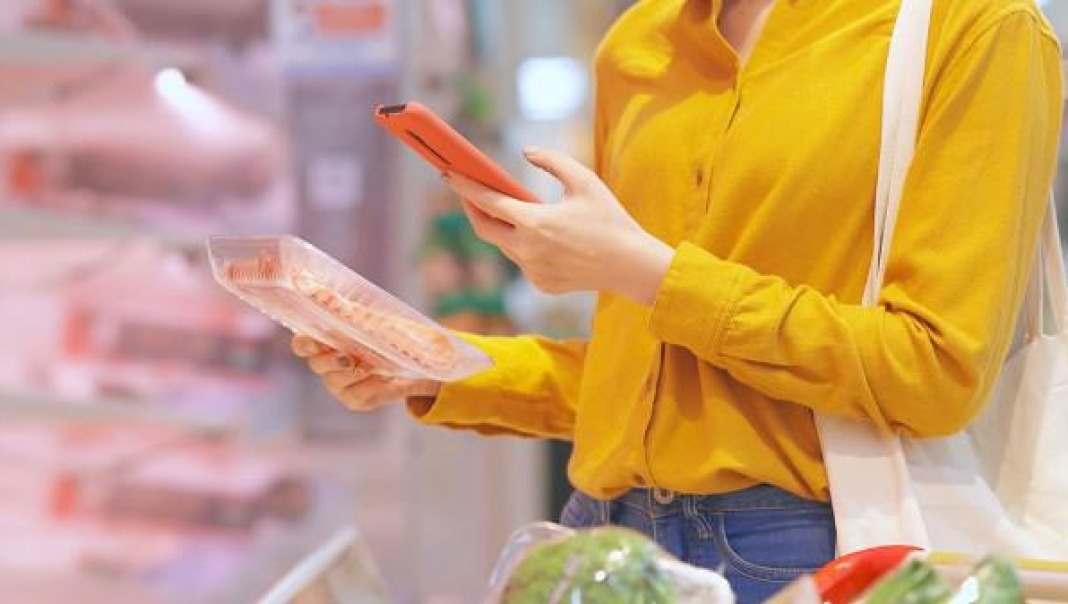How QR codes and traceability help tell your story
Friday, August 12, 2022
Reference: FCC
 Demand for food traceability continues to grow in Canada’s food and beverage processing sector.
Demand for food traceability continues to grow in Canada’s food and beverage processing sector.Nourish Food Marketing, a Canadian agency specializing in food publishes an annual trend report. In the 2022 edition, Nourish states the interest in traceability — which provides detailed supply-chain tracking data that connects individual ingredients directly back to their sources — continues to trend upward with no signs of slowing down.
Increased interest in traceability comes as supply chain delays refocus public attention on food sources while, at the same time, the social consciousness of many consumers comes of age. Many consumers want specific details about the history of food products, like were ingredients harvested under safe working conditions and sourced locally, therefore having a smaller carbon footprint.
As a result, the use of QR codes is growing too, facilitated by the foodservice industry. Since QR code readers are now embedded in all smartphone cameras, scanning the codes is now easier than ever for the public.
Nourish President Jo-Ann McArthur says the ease of QR codes is an opportunity for food and beverage processors.
“QR codes allow you to go deeper and build a relationship with consumers,” she says. “It’s cheaper and easier to change what the information links to versus printing new packaging. You can do it overnight. You can’t do that with packaging.”
The consumer relationship created by scanning a QR code, which then opens a web page, helps develop trust in the processor and the supply chain, giving a platform to tell the story from raw ingredients to a finished product. It’s part of a marketing mindset processors should adopt.
Perhaps your company has a novel start-up story, or you want to tell your consumers about how your ingredients are sustainably sourced, locally grown or of a special variety. QR codes in the product display would lead consumers to a webpage and allow you to share these tales.
Building trust behind the scenes
Using QR codes to share a product’s story is only part of the path a product, and its ingredients take on the way from its inception to store shelves.Each step a product takes along the supply chain can be recorded. If there is ever a quality issue with the product, it can be traced to see where the issue occurred.
Canadian-based Grain Discovery is a digital marketplace that helps the supply chain — farmers, brokers, traders, exporters and buyers — keep electronic records of grain using blockchain technology as it moves from field to processing. CEO Rory O’Sullivan says traceability is good news for everyone, creating an excellent marketing opportunity showcasing the ingredient’s story.
Start with what you have
Although tracing your product may seem daunting, O’Sullivan recommends taking it one step at a time. He encourages processors to begin with a review of how products or ingredients are currently traced.In some cases, electronic tracing already used for portions of the supply chain could be connected to a blockchain system. Once that electronic tracing is in a standardized blockchain format, it can be shared with any user – from seed grower to final consumer.
“Most companies already have an electronic retrieval program,” O’Sullivan says. That means by connecting company records with an electronic ledger system, the steps along the supply chain may be transferred.
Helena Friesen is the general manager/quality systems manager of Crooked Creek Acres at Strathroy, Ont. The company processes over 50,000 tonnes of identity-preserved and non-GMO soybeans annually to high-value markets such as Australia, China, Japan, Europe and the United States.
Friesen’s ability to trace her products gives her a high level of confidence. Every aspect of the soybeans is traced, from seed to shelf.
“Anytime we have an issue with a customer, we are able to pull every single bit of information from that shipment within 10 minutes, determine what the issue is and where it could have been,” she says.
The accountability goes both ways, too. If bags of soybeans show up to a shipper ripped and torn, Friesen can pull up pictures of bags when they were loaded, without rips, thus avoiding penalties from others in the supply chain... Read More
Sign up to stay connected
- News
- Property Alerts
- Save your favourite properties
- And more!
Joining Farm Marketer is free, easy and you can opt out at any time.
